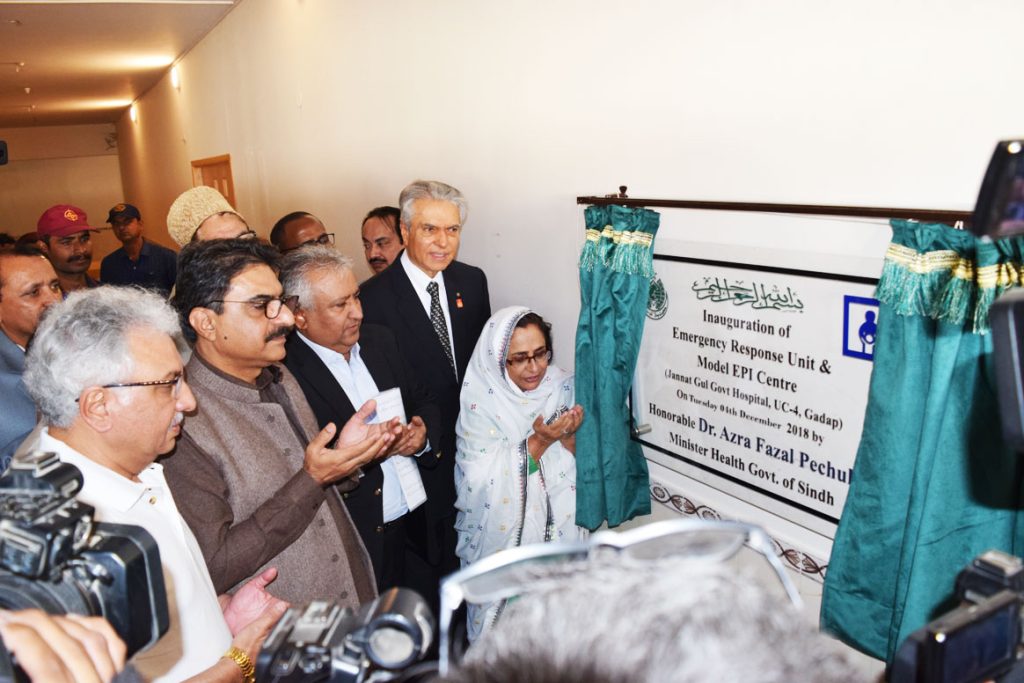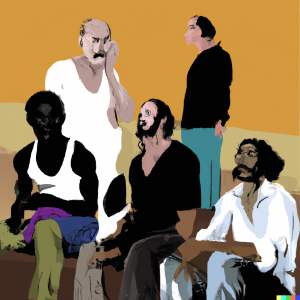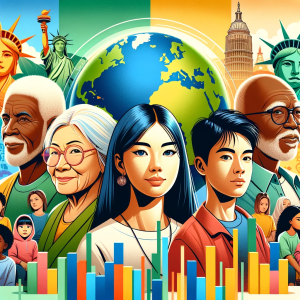
World Polio Day: Celebrating a Public Health Triumph
World Polio Day, observed annually on October 24th, is more than a commemoration. It’s a testament to the relentless efforts of countless health workers, organizations, and communities worldwide. As we delve into the history of the public health response to polio, we’re reminded of one of the most significant victories of 20th-century public health.
The Battle Against Polio: A Historical Perspective
Polio, scientifically known as poliomyelitis, was once a dreaded name that sent shivers to parents and communities worldwide. This infectious disease, caused by the poliovirus, primarily affected children, leaving them paralyzed or, in severe cases, taking their lives. The early 20th century witnessed heartbreaking scenes of children confined to iron lungs and leg braces, symbols of a world grappling with the polio menace.
The initial response to polio was characterized by fear and uncertainty. Communities would often resort to quarantines, shutting down public spaces like swimming pools and theaters in a desperate bid to curb the spread. However, as the years progressed, the collective determination to combat this disease grew stronger. Scientists and researchers were racing against time to find a solution, and their efforts bore fruit in the mid-20th century.
In 1955, a significant breakthrough came from Dr. Jonas Salk’s inactivated polio vaccine (IPV). This vaccine, administered through injections, marked the beginning of the end for polio. It was a beacon of hope in a world weary of the disease’s devastation. Not long after, in 1961, Dr. Albert Sabin introduced the oral polio vaccine (OPV), which was both easier to administer and more cost-effective. These vaccines became the cornerstone of mass immunization campaigns, which saw a dramatic decline in polio cases globally.
However, the true turning point in the global fight against polio came with the establishment the Global Polio Eradication Initiative (GPEI) in 1988. Recognizing the need for a coordinated, international effort, key players like the World Health Organization (WHO), Rotary International, the US Centers for Disease Control and Prevention (CDC), and UNICEF joined hands. Their mission was clear and ambitious: to eradicate polio from the face of the Earth.
Under the GPEI’s guidance, large-scale vaccination drives were organized, surveillance systems were strengthened, and public awareness campaigns were launched. Their efforts bore remarkable results. By 2000, a mere 12 years after the GPEI’s inception, polio was officially eliminated from 36 Western Pacific countries, including heavyweights like China and Australia. This was a monumental achievement, a testament to what humanity can achieve when united by a common purpose.
In retrospect, the battle against polio is not just a medical success story; it’s a tale of global collaboration, resilience, and the indomitable human spirit.
The Journey Continues: Goals for Polio Eradication
While we’ve come a long way, the fight against polio isn’t over. The GPEI continues to:
- Strengthen Routine Immunization: Ensuring every child receives their polio vaccine.
- Surveillance: Monitoring and rapid response to any new cases.
- Targeted Outreach: Reaching communities in conflict zones or remote areas.
- Research & Innovation: Developing new strategies and tools for eradication.
Dive Deeper: Resources on Polio
For those eager to learn more, here are some invaluable resources:
- World Health Organization (WHO) – Polio: Comprehensive information on polio, its history, and the global response.
- Rotary’s PolioPlus Program: Rotary has been at the forefront of the fight against polio. Learn about their incredible contributions and how you can get involved.
- CDC’s Polio Disease and Vaccination: Dive into the science behind the disease and the vaccine that changed history.
- GPEI’s Strategy & Progress: Stay updated on the latest strategies and progress towards a polio-free world.
- And check out this great infographic from the University of Michigan! Full download here.
In Conclusion
World Polio Day underscores the importance of collective action. It highlights the progress made in nearly eradicating polio and emphasizes the ongoing work needed to ensure its complete elimination. With sustained commitment, a world without polio is within reach.



